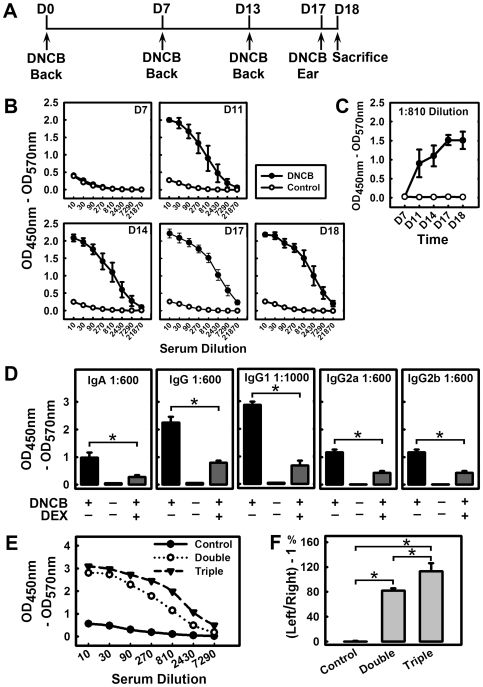Figure 2. Role of DNCB-specific Abs in the induction of CHS.
A. The DNCB treatment schedule used in this experiment. On D0, mice were sensitized by painting DNCB or vehicle on their shaved backs, respectively. On D7 and D13, mice were painted with DNCB or vehicle on their shaved back again in the same way as the first sensitization. On D17, mice were challenged with painting DNCB or vehicle, respectively, on their left ears. Mice received a total of three back paintings and one ear challenge, and the experiment was terminated on D18. B and C. Serum levels of DNCB-specific IgG Abs on different days following DNCB treatment. The blood samples were collected on the following days: D7 (right before the second sensitization), D11 (between the second and third sensitizations), D14 (after the third sensitization), D17 (right before DNCB ear challenge), and D18 (the animals were sacrificed at 24 h after DNCB challenge). Each value is the mean±S.D. (N = 4). D. Comparison of DNCB-specific IgA, IgG, IgG1, IgG2a, and IgG2b Ab levels in different treatment groups. Each value is the mean±S.D. (N = 6). E. Serum DNCB-specific IgG Abs on D18. The double DNCB sensitizations before challenge were applied on D0 and D12 as described in Figure 1A , whereas the triple sensitizations were applied on D0, D7 and D13 as depicted in Figure 2A . Both groups were received DNCB challenge on D17 and terminated a day later. One representative curve from each group (N = 4) is shown. F. Ear swelling as measured according to the thickness of left/right ear - 1. * P<0.01 compared to the DNCB treatment group. Each value is the mean±S.D. (N = 4).

